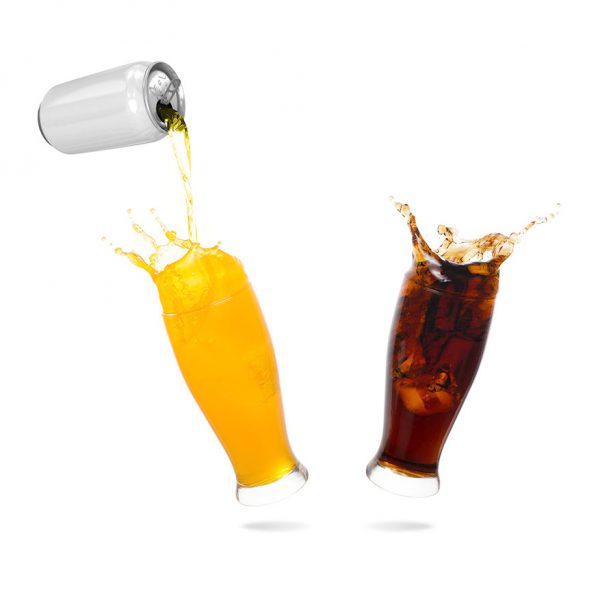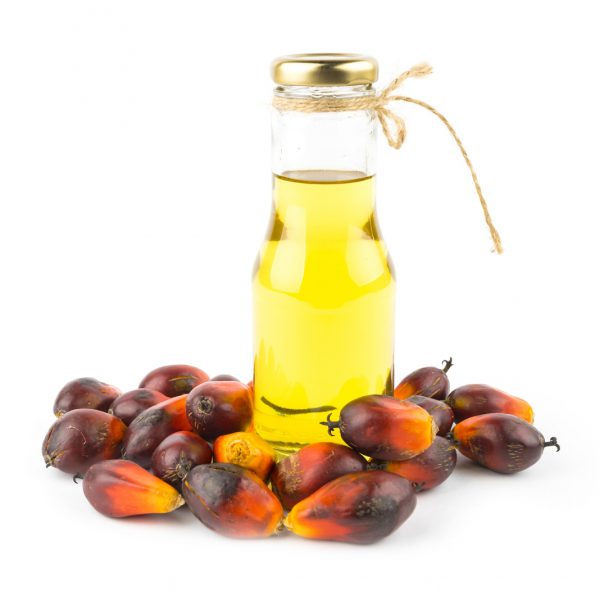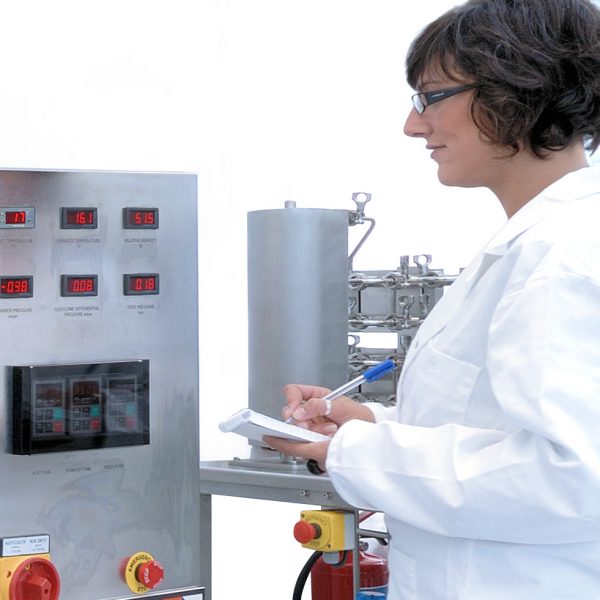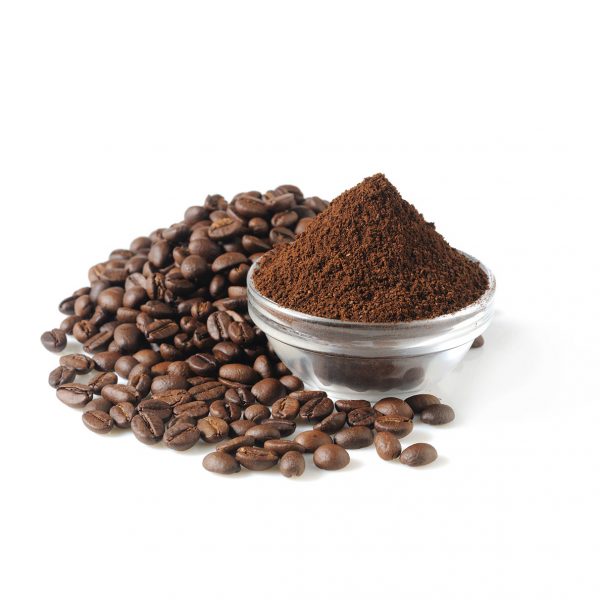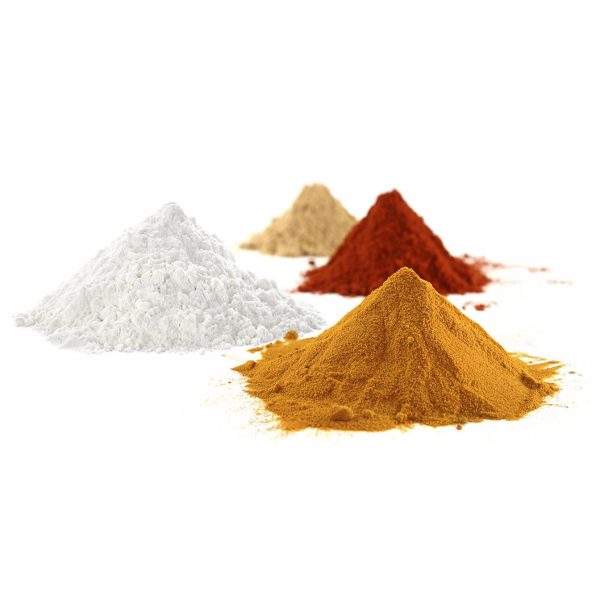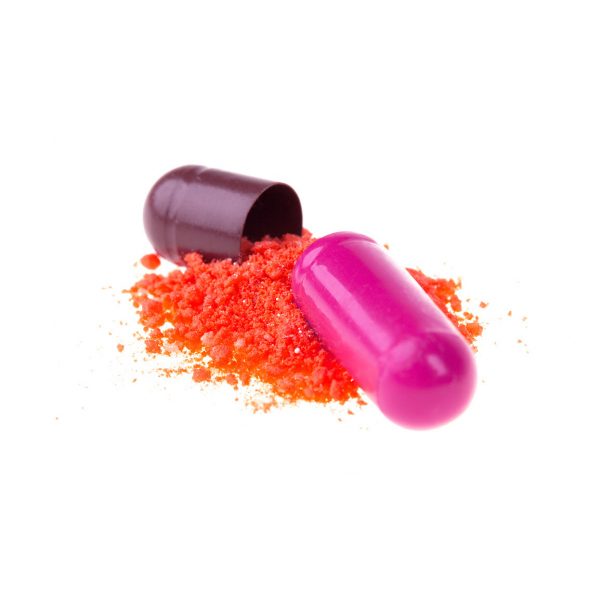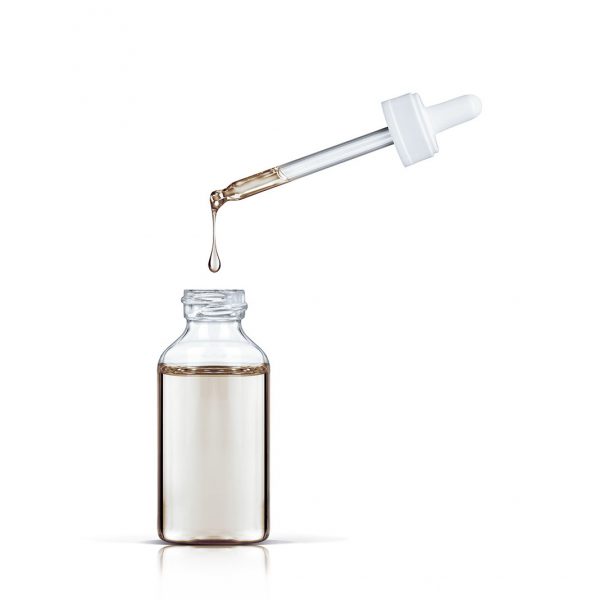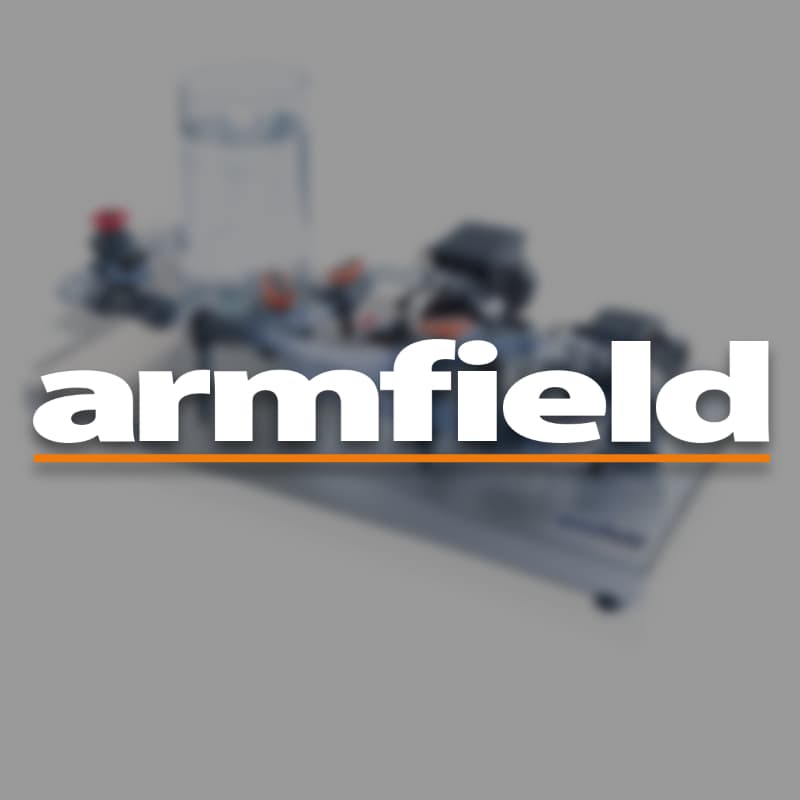CSTR Reactors: A Guide to Optimal Chemical Reactions
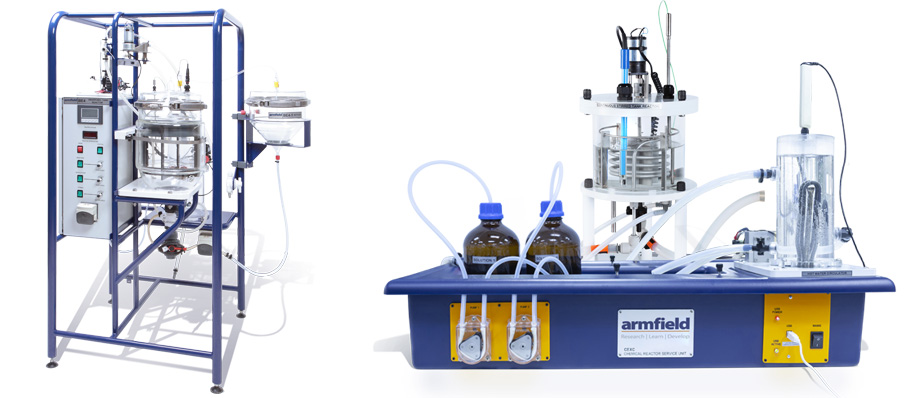
In chemical engineering, precision, efficiency, and scalability are paramount. Among the various types of reactors used across industries, the Continuous Stirred Tank Reactor (CSTR) stands out as a cornerstone for continuous production processes. At Armfield, we specialise in engineering advanced CSTR reactor systems that are built for research, education, and industrial applications.
What Is a CSTR Reactor?
A CSTR reactor is a type of vessel in which reactants are continuously introduced and products are simultaneously removed while maintaining constant agitation. It’s one of the most widely used reactor types for homogeneous liquid-phase flow reactions, particularly when consistent composition and temperature control are essential.
Designed to operate under steady-state conditions, the CSTR offers continuous operation and perfect back mixing, making it suitable for both laboratory use and scaled industrial processes.
Explore our CEM-MKII CSTR Reactor →
Key Design Elements of a CSTR
A typical CSTR consists of:
-
A tank reactor or vessel, often made from stainless steel to handle a variety of chemicals
-
An impeller that ensures constant agitation for efficient mixing
-
A heat exchanger for temperature control, critical for highly exothermic reactions
The reactor volume, shape of the vessel, and volumetric flow rate of the inlet stream and outlet stream all affect reactor performance and residence time distribution.

Types of CSTRs
CSTRs are highly adaptable and can be operated:
-
Individually – as a single unit for basic applications
-
In series, as a cascade of several CSTRs to approximate plug flow behaviour
-
In parallel, to manage throughput and high viscosity reactions
Each configuration has distinct advantages depending on process requirements, such as product yield, heat flow management, and reaction efficiency.
Operating Principles and Chemical Kinetics
CSTRs operate under the principle of perfect mixing. This means the output composition matches the reactor contents at any given time. The continuous feed of reactants and constant stirring allows for uniform substrate concentration, minimising variations in reaction conditions.
This uniformity is essential in analysing reaction kinetics, determining the rate constant, and maintaining desired stoichiometric coefficients.
Real-World Applications
Industries benefiting from CSTR technology include:
-
Pharmaceutical manufacturing – for precise control of reaction mixtures
-
Food and beverage processing – particularly fermentation and mixing of high-viscosity substances
-
Petrochemicals and biomass processing – for continuous conversion reactions
-
Wastewater treatment – where CSTRs help maximise biomass digestion
Armfield’s BE4 Anaerobic Column Reactor demonstrates how continuous stirred reactors are instrumental in education and real-world industrial processing.
Controlling Conditions: Temperature and Concentration
Maintaining a constant temperature and stable concentration of reactants is crucial in CSTR operation. Armfield CSTRs feature integrated heat exchangers, sensors, and control panels that ensure accurate data logging and reactor temperature regulation.
For complex reactions, the balance between mass transfer and heat transfer is closely monitored to avoid side reactions and to preserve reaction efficiency.
Challenges and Limitations
While CSTRs are ideal for many applications, they are not without limitations:
-
Scaling up from lab-scale to industrial units can be complex due to changes in reaction kinetics
-
Side reactions may occur due to long residence times
-
Assumptions of perfect mixing may not always hold, especially in high-viscosity or multi-phase reactions
Nonetheless, with proper reactor design and control systems, these limitations can be mitigated effectively.
Optimising CSTR Performance
Enhancing CSTR performance involves:
-
Adjusting flow rates for optimal residence time
-
Selecting the correct reactor volume for the specific reaction
-
Using a series of CSTRs to replicate plug flow reactor characteristics
-
Incorporating advanced control techniques for better process monitoring
With Armfield’s modular reactor systems, researchers and engineers can tweak and tailor configurations to fit their exact process needs.
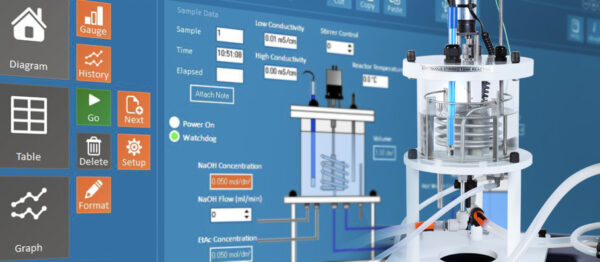
Summary: The Value of CSTRs
To summarise:
-
CSTRs are ideal for continuous reactions, offering a uniform and scalable environment
-
Their versatility spans chemical engineering, food processing, pharmaceuticals, and waste treatment
-
Control over temperature, mixing, and concentration is vital to maximise efficiency
-
With proper design and operation, CSTRs deliver consistent results and are highly valuable for industrial production
Whether you’re looking to develop advanced teaching equipment or streamline an industrial chemical process, CSTRs remain one of the most reliable and versatile reactor types available.
Frequently Asked Questions
What are the advantages of using continuous stirred tank reactors (CSTRs)?
CSTRs allow for continuous production with consistent output, ideal for homogeneous liquid-phase reactions. They provide precise control over conditions and are easier to scale in series.
How does a perfectly mixed reactor differ from a real CSTR?
In theory, a perfectly mixed reactor assumes immediate and complete mixing, whereas real CSTRs may experience mixing limits, particularly with high viscosity or multi-phase materials.
Can all types of continuous reactions be carried out in a CSTR?
Not all. Reactions requiring plug flow behaviour or highly sensitive to residence time distribution may benefit more from plug flow reactors (PFRs) or batch systems.
What are key considerations when scaling up a lab-scale CSTR?
When scaling, it’s crucial to consider changes in mass transfer, heat flow, viscosity, and reactant concentrations. Lab-scale assumptions may not always translate directly.
Get in Touch for Expert Guidance
At Armfield, we provide world-leading equipment for chemical reaction engineering, including advanced CSTR systems. Whether you’re in academia or industry, our modular and robust reactors can be tailored to your specific application.
Contact us today to learn more →
Armfield CSTR Products
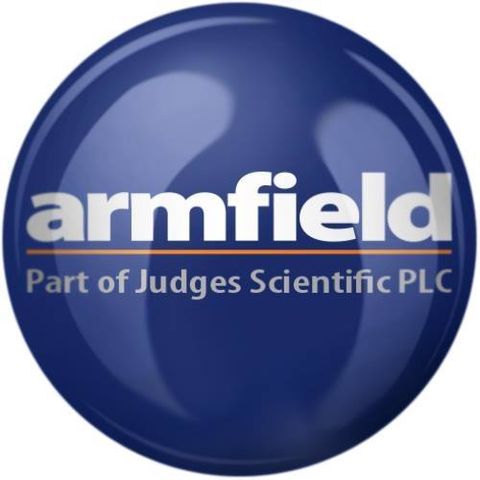
Armfield can trace its history back over 130 years, throughout which, the Company’s policy of quality, innovation and service has helped it to maintain a strong market position and develop a reputation for industry leadership in the field of Engineering teaching.
Education Division
Operating since 1963, the Armfield Education Division designs and manufactures equipment for engineering education and research.
Industrial Division
The Armfield Industrial Division designs and manufactures research & development systems, primarily for the food, beverage, dairy, edible oil and pharmaceutical industries.
